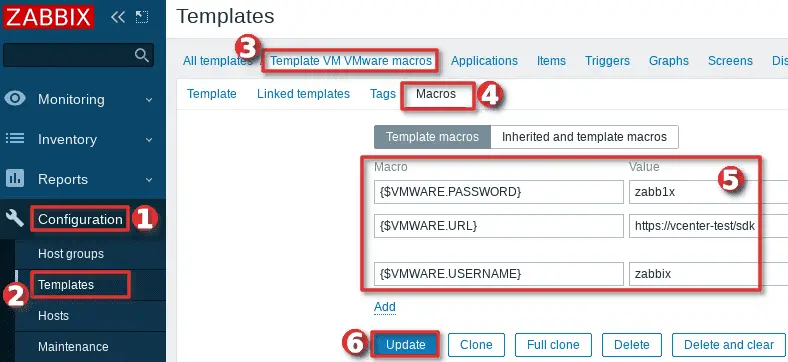

You can also use the vSphere Web Services software development kit to configure VMs via other programs. You can configure virtual machine settings using the vSphere Client, which is a command-line interface for VM management. VMware offers various tools for managing these files. An operating system (OS) running in a VM is called a guest OS.Įach VM includes a configuration file that stores the VM’s settings, a virtual disk file that is a software version of a hard drive, and a log file that keeps track of the VM’s activities, including system failures, hardware changes, migrations of virtual machines from one host to another, and the VM’s status.

A VM is a software-based representation of a physical computer. Virtual machines (VMs)Ī virtual machine (VM) is the base unit of VMware virtualization. See " Virtualization: A Complete Guide" for a comprehensive overview. VMware’s virtualization products are now a crucial part of many enterprises' IT infrastructures.įor a visual presentation of the concept of virtualization, see our video “Virtualization Explained” (05:20): It also enables cloud providers- public or private- to serve more users with their existing physical computer hardware. Each virtual machine runs its own operating system (OS) and behaves like an independent computer, even though it is running on a portion of the actual underlying computer hardware.Īs you can imagine, virtualization enables more efficient utilization of computer hardware and enables a greater return on an organization’s hardware investment.

Virtualization software creates an abstraction layer over computer hardware that allows the hardware elements of a single computer- processors, memory, storage, and more- to be divided into multiple virtual computers, commonly called virtual machines (VMs).

Simply put, VMware (link resides outside IBM) develops virtualization software. Learn more about VMware, virtualization software, virtual machines, and how they are all a crucial part of many enterprises' IT infrastructures.


 0 kommentar(er)
0 kommentar(er)
